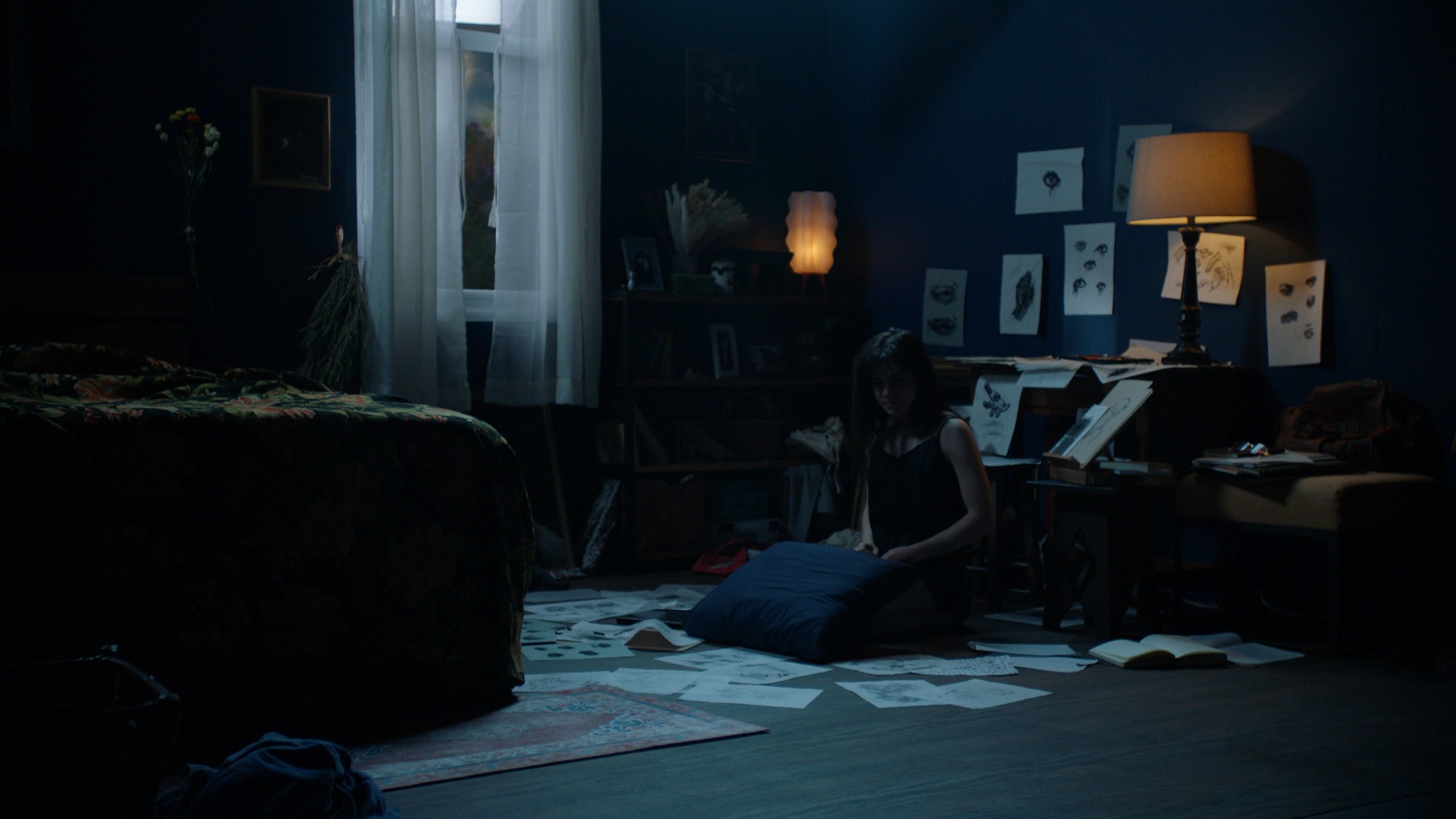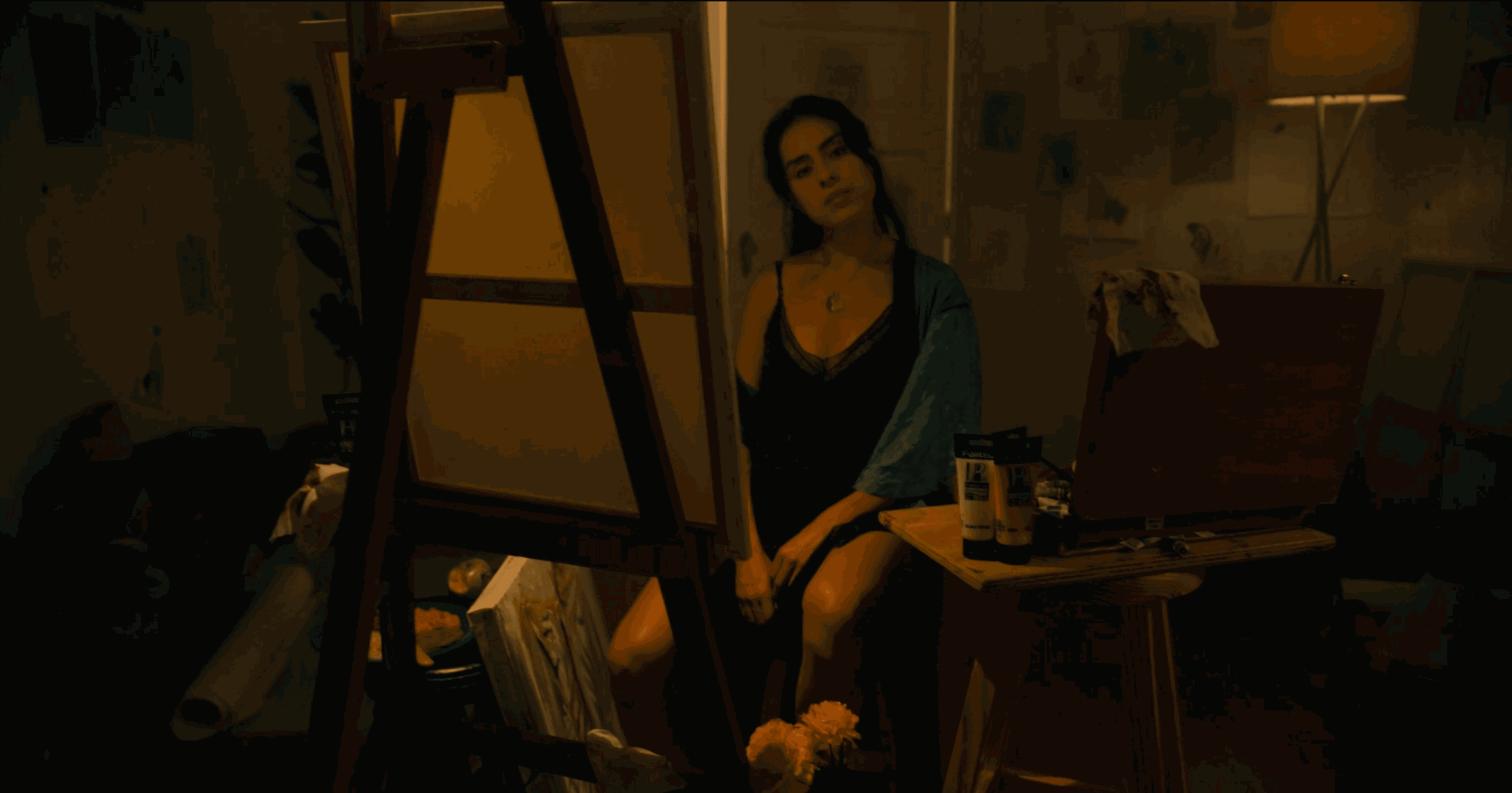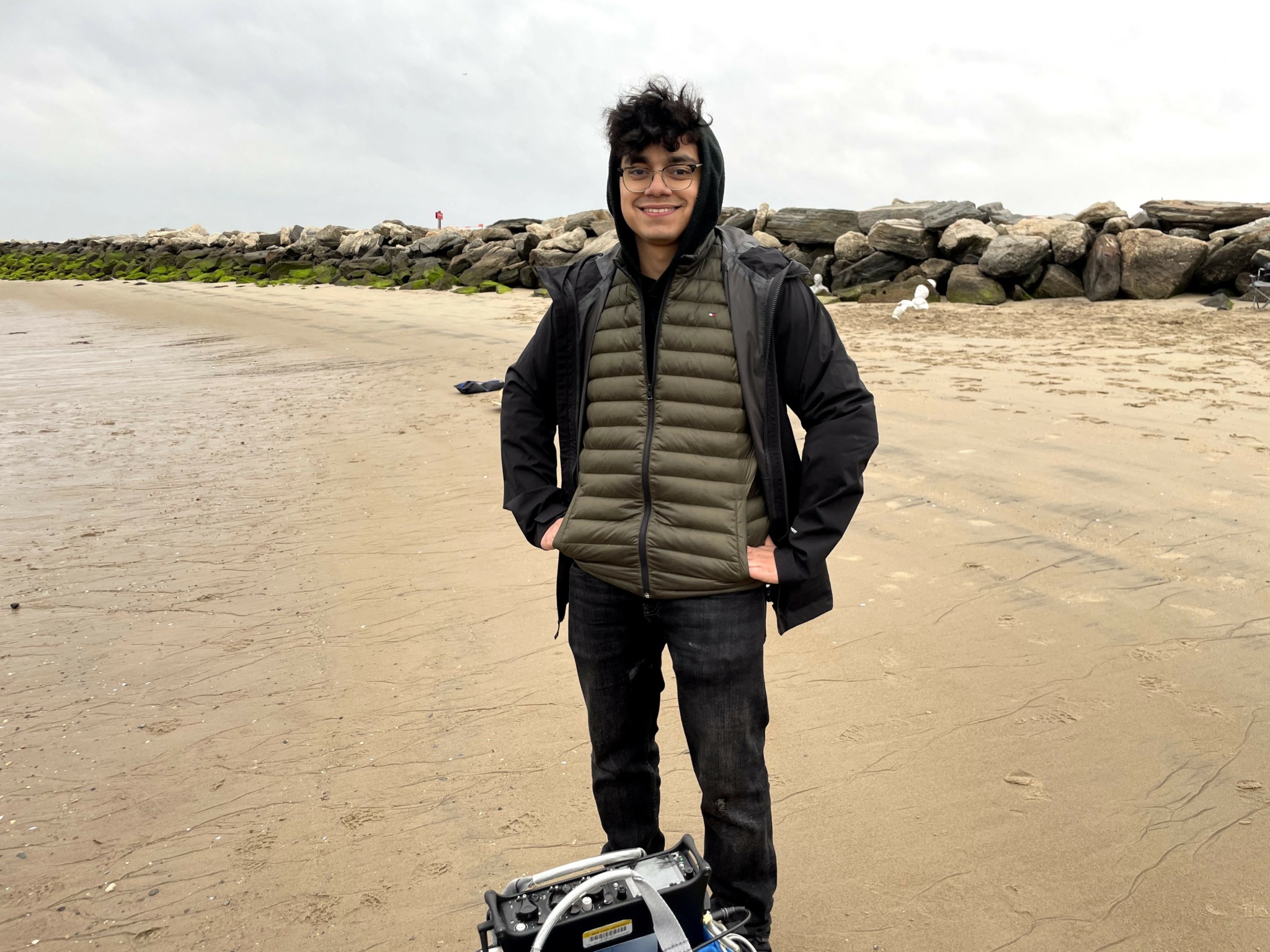Today we’d like to introduce you to Alex Peña
Hi Alex, we’d love for you to start by introducing yourself.
I was born and raised in Mexico City, though much of my childhood was spent in San Miguel de Allende. Growing up in these visually distinct places sparked my fascination with both architecture and film. I even remember witnessing film shoots in San Miguel, which was a really appealing world to me. I always found myself drawn to stories where the worlds looked nothing like reality. Sci-fi and horror, in particular, captivated me. I didn’t know it then, but my interest in the visuals of these films—the spaces, the set designs—was a passion for production design in the making.
From an early age, I was captivated by how spaces impact people’s lives and dynamics. I remember constantly rearranging my room, experimenting with furniture layouts and organizing, trying to find different feelings in the space. I was especially drawn to how architecture looks as time passes—the way walls stain, how vegetation creeps in, and how once pristine spaces slowly age and become lived-in. I loved the idea of capturing a space with a story etched into it by time, beyond the sterile, brand-new look often seen in traditional architecture.
When the time came to choose a career, I knew I wanted to be in film. I was always coming up with stories and imagining the spaces they could be set in. I couldn’t name my interest for production design back then, but I thought architecture could be a starting point to create spaces and worlds, so I went to university to study it. During this five years in school, I watched a lot of films that relied heavily on the world building and architecture to tell a story. I was lucky enough to take film courses as part of my studies, including one on set design for film, TV, and theater. That course was a turning point—I realized that production design was my path into film. Here was a field that combined my love of architecture with storytelling, allowing me to design spaces that served characters and narratives.
After that, I threw myself into learning more about film and production design. I took every opportunity to get hands-on experience, working on TV commercials and films in Mexico, where I could design spaces with stories of their own. Eventually, I decided to pursue a deeper specialization in production design and applied to graduate programs. When I was admitted to the Design for Stage and Film program at NYU Tisch, I moved to New York to dive into this world.
Would you say it’s been a smooth road, and if not what are some of the biggest challenges you’ve faced along the way?
The road to where I am today has been anything but smooth. Choosing a career is such a critical, delicate decision, and while I genuinely enjoyed studying architecture, the pressure to pick a defined path hit hard in my final year of university. Growing up in Mexico, where the arts and filmmaking scene can be limited and often undervalued, I struggled with the idea of pursuing a career in film. It felt riskier than sticking to the “known” path of architecture, with its clearer stability and recognition. But as I researched, I discovered that many production designers, like myself, came from architectural backgrounds, and that architectural skills were invaluable in the world of set design.
Despite this, I faced a lot of external pressure and doubt. Some people I knew couldn’t understand the connection between architecture and film, seeing them as completely separate worlds. Others dismissed my choice, calling it a “phase” or even a fantasy. But these doubts didn’t shake my conviction. I knew that film was where I belonged and was determined to do whatever it took to make it a reality. When I was accepted into the Design for Stage and Film program at NYU, it was like a validation of everything I’d worked for. Moving to New York was a dream come true, but the challenges didn’t stop there.
I thought I knew what to expect; after all, I’d spent time in the U.S. for school, traveled often, and even lived in Germany. But settling into a new life here was harder than anticipated. The distance from my family, friends, the culture, and everything familiar was tough. I missed the food, the humor, and the warmth of home. Starting over in a new city, without a network or a safety net, and entering a highly competitive industry brought a new level of challenge.
However, my passion for film outweighed these difficulties. Over time, I’ve found a supportive network of people who share my vision, and I’ve made friendships that have helped me feel at home here. Every challenge, while difficult, has strengthened my commitment to my craft and growth. I know there will be more obstacles, but I look forward to tackling them, becoming a stronger person and professional along the way.
As you know, we’re big fans of you and your work. For our readers who might not be as familiar what can you tell them about what you do?
I’m currently building my career in production design, where my work centers on crafting worlds and environments that become the heart of the story. My role is to create the spaces where characters live and perform, designing everything from an everyday New York City apartment bedroom to an artist’s surreal studio of the Baroque era. I’m particularly drawn to creating sets that are unconventional, spaces that add depth and complexity, where every element on set serves as more than just a background but as a character in its own right, actively shaping the narrative.
I’ve had the chance to work on a diverse range of projects, both on real locations—where I reimagine and redecorate spaces to fit a story—and on soundstages, where I build worlds entirely from scratch. I’m proud of the variety in my work and the unique visions each project has allowed me to explore. Each experience has been a learning opportunity, teaching me more about the art of storytelling through space and design.
What sets me apart as a production designer is my collaborative approach. I strive to understand and enhance a filmmaker’s vision, ensuring that each set I create contributes meaningfully to the narrative. My goal is to build visually captivating and layered worlds, where every detail supports the story and brings the audience deeper into the film’s universe.
Do you have any advice for those just starting out?
The best advice I can give is to trust your instincts and pursue what truly calls you. Following a path that might defy the typical definitions of career, income, or success can be challenging, but the most fulfilling rewards often come from betting on yourself. In the world of film, taking risks and trusting your vision is essential, but so is learning how to communicate that vision clearly. It’s vital to make yourself an integral part of the filmmaking process, which includes marketing yourself and your work effectively.
I’d also emphasize the importance of balance. While building a career, it’s equally important to take care of your mental, emotional, and physical health. Prioritize what genuinely supports your journey and let go of things that don’t add value. Film is a demanding industry, but with a strong sense of self and a clear focus on both professional growth and personal well-being, you can thrive while staying true to yourself.
Contact Info:
- Website: https://alexpenadesign.com
- Instagram: https://www.instagram.com/alexinanadon/










